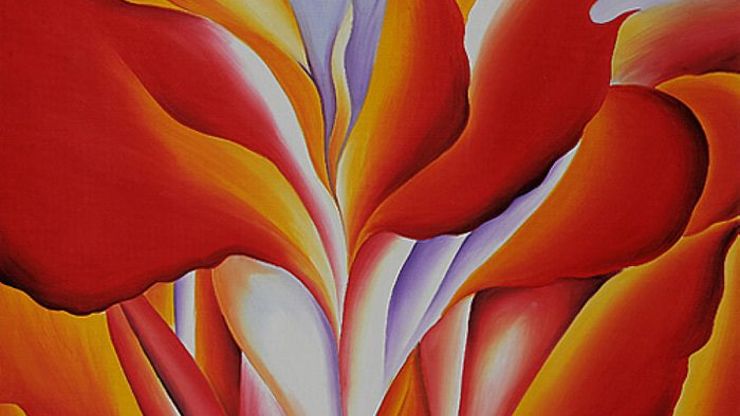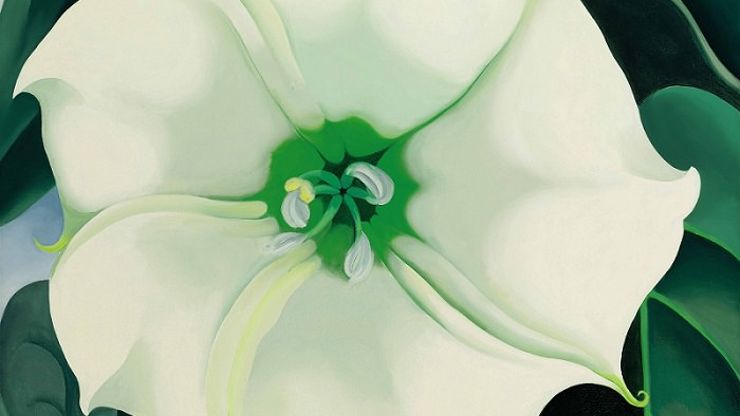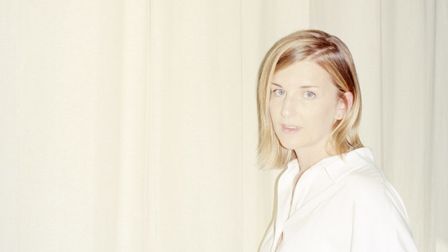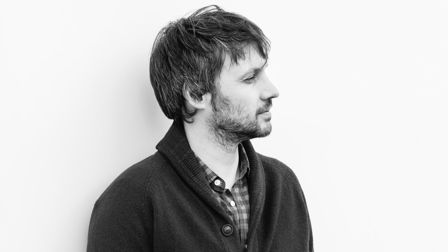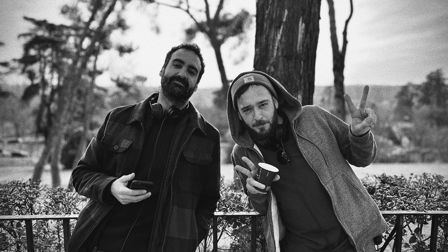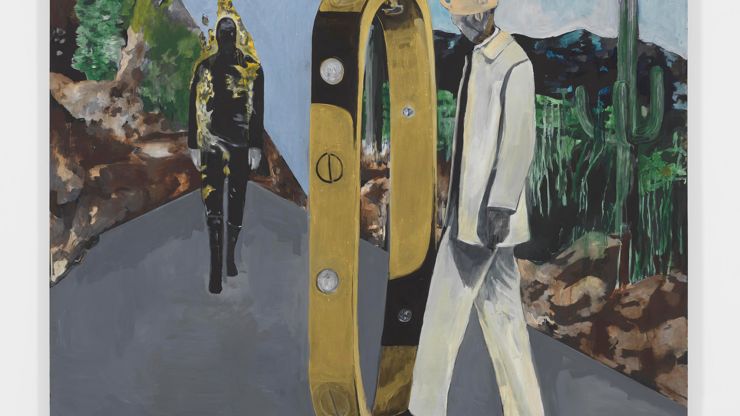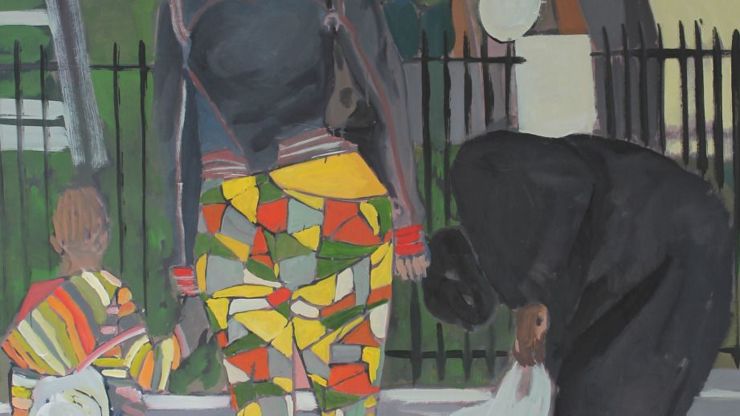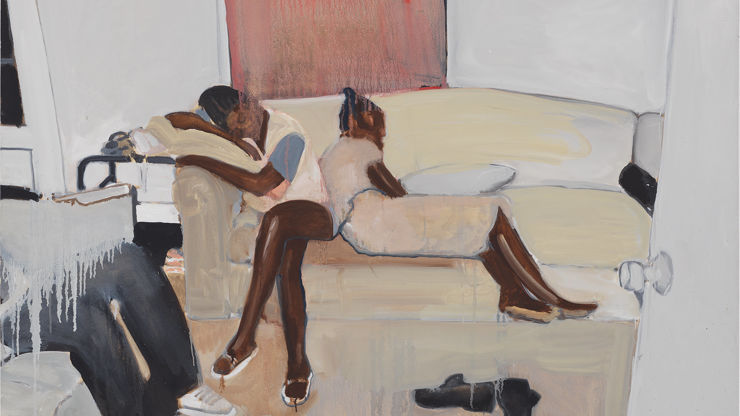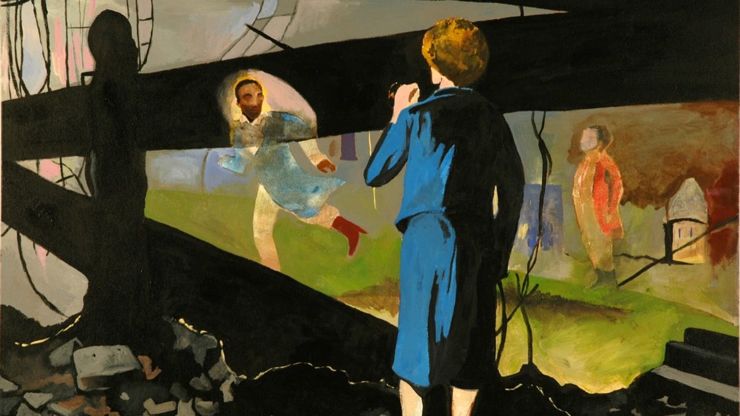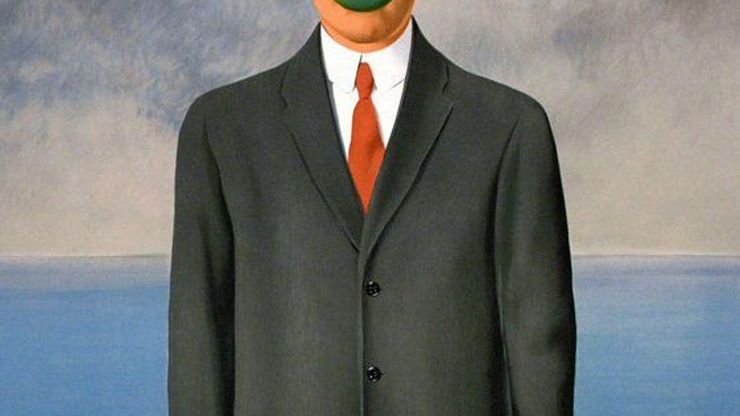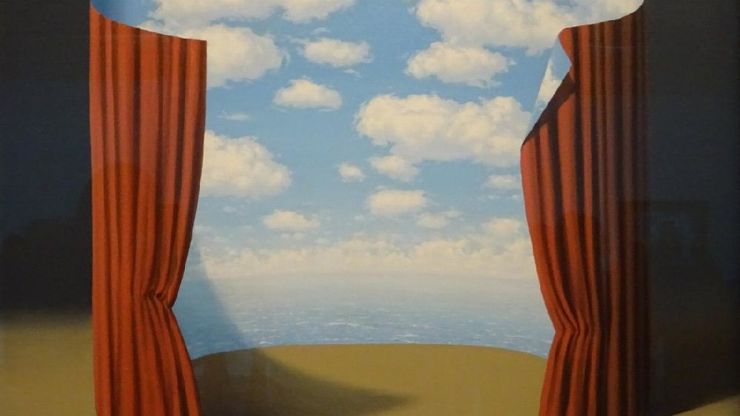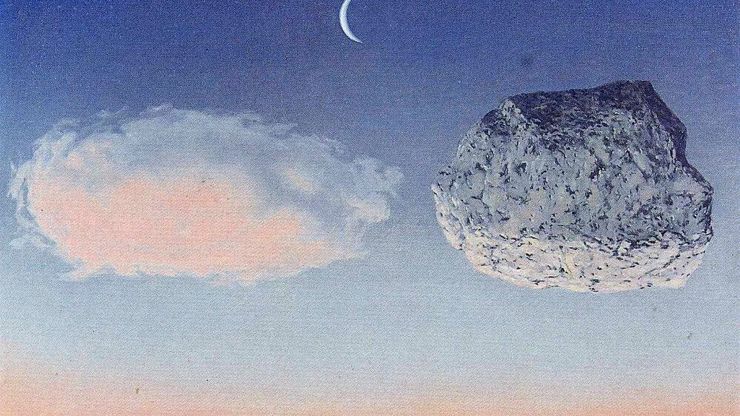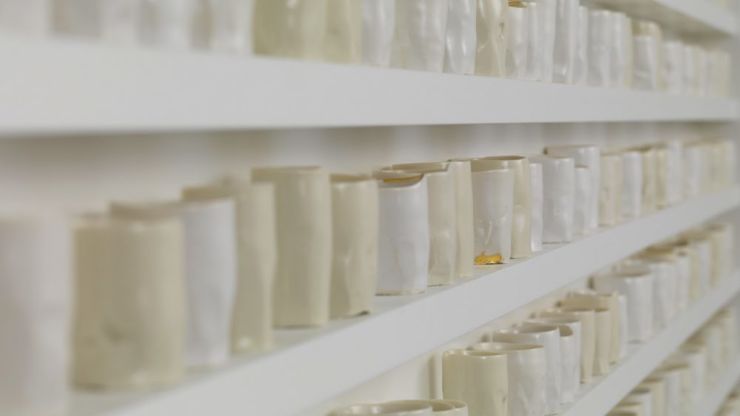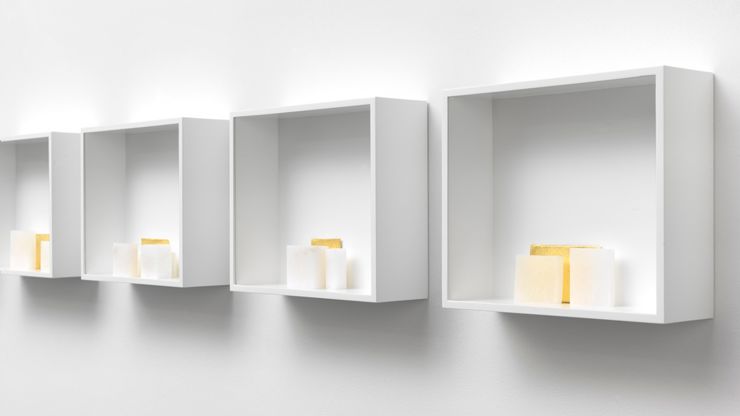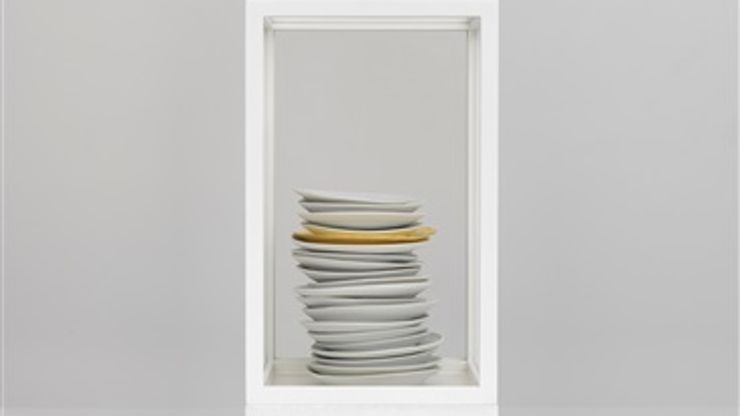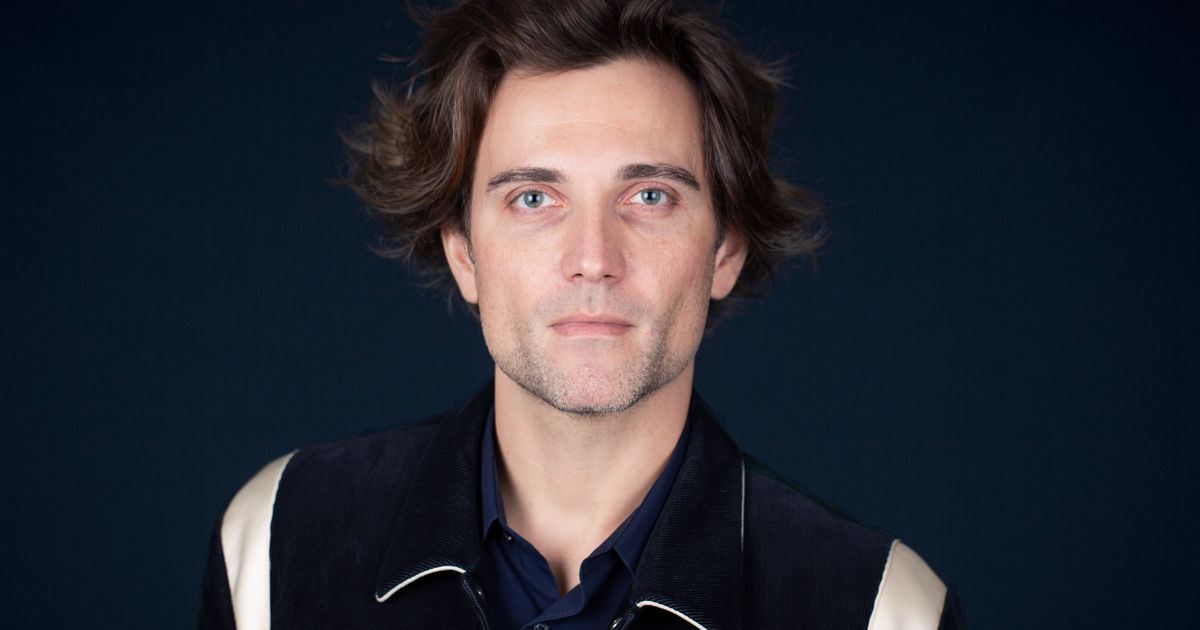The Art of Advertising: Alexander Nowak
Global Head of Art for Droga5, Alexander Nowak, spends hours looking at creative work, art, and portfolios, but what pieces inspire him?
Starting at Droga5 in 2011 as an Art Director, Alexander Nowak worked his way through the agency, leading creative, boundary-pushing artistic campaigns. Here are some creative sources for his inspiration.
Alexander Nowak: “Seeing comes before words” is a lovely quote by author John Berger. He continues, “The child looks and recognizes before it can speak. But there is also another sense in which seeing comes before words. It is seeing which establishes our place in the surrounding world; we explain that world with words, but words can never undo the fact that we are surrounded by it. The relation between what we see and what we know is never settled.” I like how Berger is talking about the relationship between senses and words.
It’s a beautiful manifestation of how the world has been and forever will be received. This said, to look is an act of choice. Furthermore, we never look at just one thing—we’re always looking at the relation between things and ourselves.
“Seeing comes before words.”
Our vision is always active, continually moving. The proverb “a picture is worth a thousand words” says it all: a picture tells a story just as well as, if not better than, a lot of written words. I believe we all have been there, trying to describe a picture or a scene in a film you have in mind to create to our partner, parent, friend, boss or client.
Not easy, I know—tell me about it. The power of a photograph, a painting, a sculpture or a building can be overwhelming, a picture you can’t get out of your head—something that becomes meaningful to you. As you can imagine, it’s tough to single out artists who triggered something special in you, but here are four people who always leave me speechless.
Georgia O’Keeffe
One of the first female painters to achieve worldwide acclaim from critics and the general public, Georgia O’Keeffe is one of the most significant and intriguing artists of the twentieth century. I’m fascinated by her way of seeing, the way she used perspectives and how sensitive yet bold her work is. I particularly love her distinct, iconic flowers, an original contribution to American modernism.
"I will make even busy New Yorkers take time to see what I see of flowers."
She once said, "If I could paint the flower exactly as I see it, no one would see what I see because I would paint it small like the flower is small. So I said to myself, ‘I'll paint what I see—what the flower is to me—but I'll paint it big, and they will be surprised into taking time to look at it. I will make even busy New Yorkers take time to see what I see of flowers.’" Just think about the number of painted flowers you have seen hanging in museums, printed in magazines or in social posts—to make an impact and profound impression with drawing universal flowers is just brilliant.
In her later years, O'Keeffe suffered from macular degeneration and began to lose her eyesight. As a result of her failing vision, she painted her last unassisted oil painting in 1972; however, her urge to create didn't falter. With the help of assistants, she continued to make art, and at 90 years old, she said, “I can see what I want to paint. The thing that makes you want to create is still there." She was such a creative force—it makes me want to leave my desk and draw some flowers right now.
Noah Davis
Noah Davis (1983–2015) was a gifted painter with a finger on the pulse of his generation and a scrappy organizer who turned three derelict storefronts into a Los Angeles cultural phenomenon. David Zwirner's gallery recently presented work by Davis, which was organized by Helen Molesworth. The exhibition provided an overview of his brief but expansive career. It’s been a very long time since I was so in awe; every single piece is a masterpiece—no words can describe that feeling of looking at his paintings.
"If I’m making any statement, it’s to just show black people in normal scenarios, where drugs and guns are nothing to do with it.”
He left behind a legacy that most artists would never dream of. He died at age 32, the day the first MOCA-supported show opened at his space, the Underground Museum. The Underground Museum has since evolved into a hotbed of creative activity, a modern-day salon where the black artists and thinkers of our day hang out—people like Fred Moten, David Hammons and Solange.
“I look at the way I view LA now and I realize he saw this possibility as a cultural philosophy, a movement, and now it seems so clear,” said artist Thomas Housego. When talking about his work, Davis once said, "If I’m making any statement, it’s to just show black people in normal scenarios, where drugs and guns are nothing to do with it.”
René Magritte
René Magritte is most likely my favorite painter. The Belgian-born artist was known for his work with surrealism as well as his thought-provoking images. In the 1920s, he began to paint in the surrealist style and became known for his witty images and his use of simple graphics and everyday objects, giving new meanings to familiar things. His artistic career did not begin immediately, however; instead, he spent brief stints at a wallpaper company and producing advertising posters—aesthetic and commercial pursuits that no doubt influenced his later output. (You see? It’s never too late to pursue a second career after advertising.)
"Everything we see hides another thing. We always want to see what is hidden by what we see. There is an interest in that which is hidden and which the visible does not show us."
His most famous work, the 1964 painting “The Son of Man,” which depicts the face of its bowler-hatted subject obscured by a hovering green apple, was actually created as a self-portrait. "At least it hides the face partly,” Magritte once said, comically. “Well, so you have the apparent face, the apple, hiding the visible but hidden, the face of the person. It's something that happens constantly. Everything we see hides another thing. We always want to see what is hidden by what we see. There is an interest in that which is hidden and which the visible does not show us. This interest can take the form of a quite intense feeling, a sort of conflict, one might say, between the visible that is hidden and the visible that is present."
This conflict between the visible and that which it conceals played a vital role in Magritte's work throughout his career, and wordplay was as important to Magritte as images. “To be a surrealist means barring from your mind all remembrance of what you have seen and being always on the lookout for what has never been,” he once said, a truly revolutionary way of thinking. I would have loved to meet that man—can you imagine?
Edmund de Waal
Edmund de Waal is a contemporary British ceramicist and author. A potter since childhood and an acclaimed writer, de Waal has a long-held obsession with porcelain, or “white gold.” He’s best known for his large-scale installations of porcelain vessels, which have been exhibited in many museums around the world. His sculptural work is just sublime. I’m fascinated by the beauty of how he composes all the elements and creates perfect harmony in a
three-dimensional space.
“Almost everything to do with my pieces is about slowing down.”
Much of his recent work has been concerned with the idea of collecting and collections and how objects are kept together, lost, stolen and dispersed. His work comes out of a dialogue between minimalism, architecture and sound and is informed by his passion for literature. I guess my architectural background makes me appreciate his work even more—he is a truly multifaceted artist.
“Almost everything to do with my pieces is about slowing down,” he said. “Amid the enchantment is the attempt to slow things down.” What can I see? I wouldn’t mind slowing things down a notch these days, either. Well said, Edmund de Waal.
)


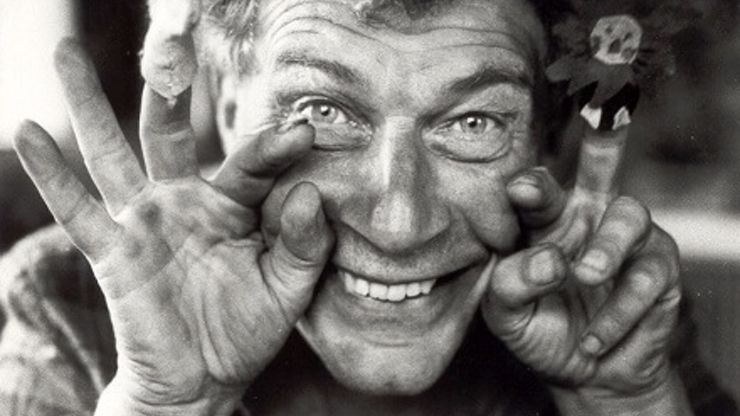
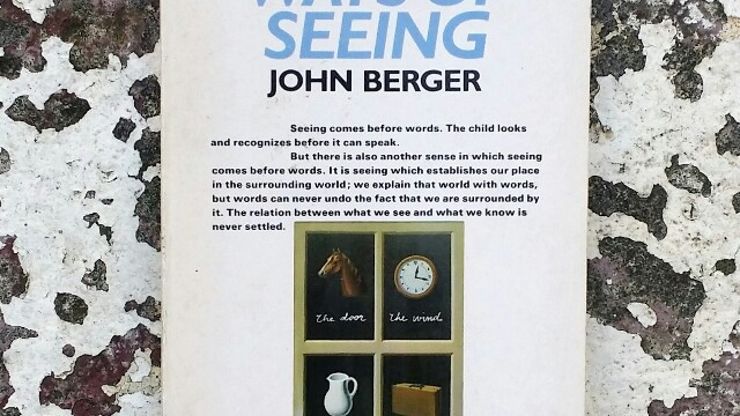
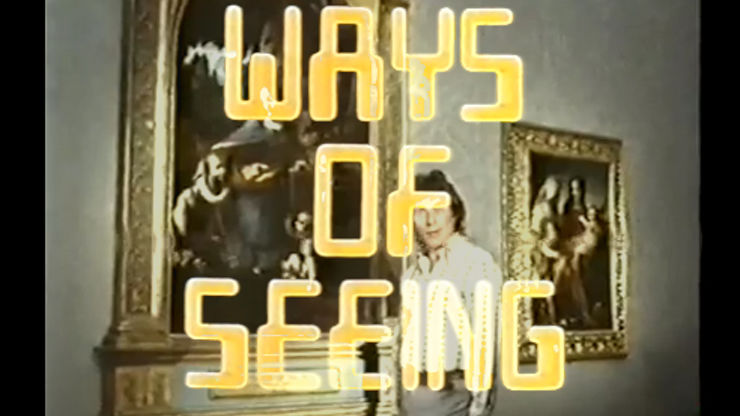


 + membership
+ membership

